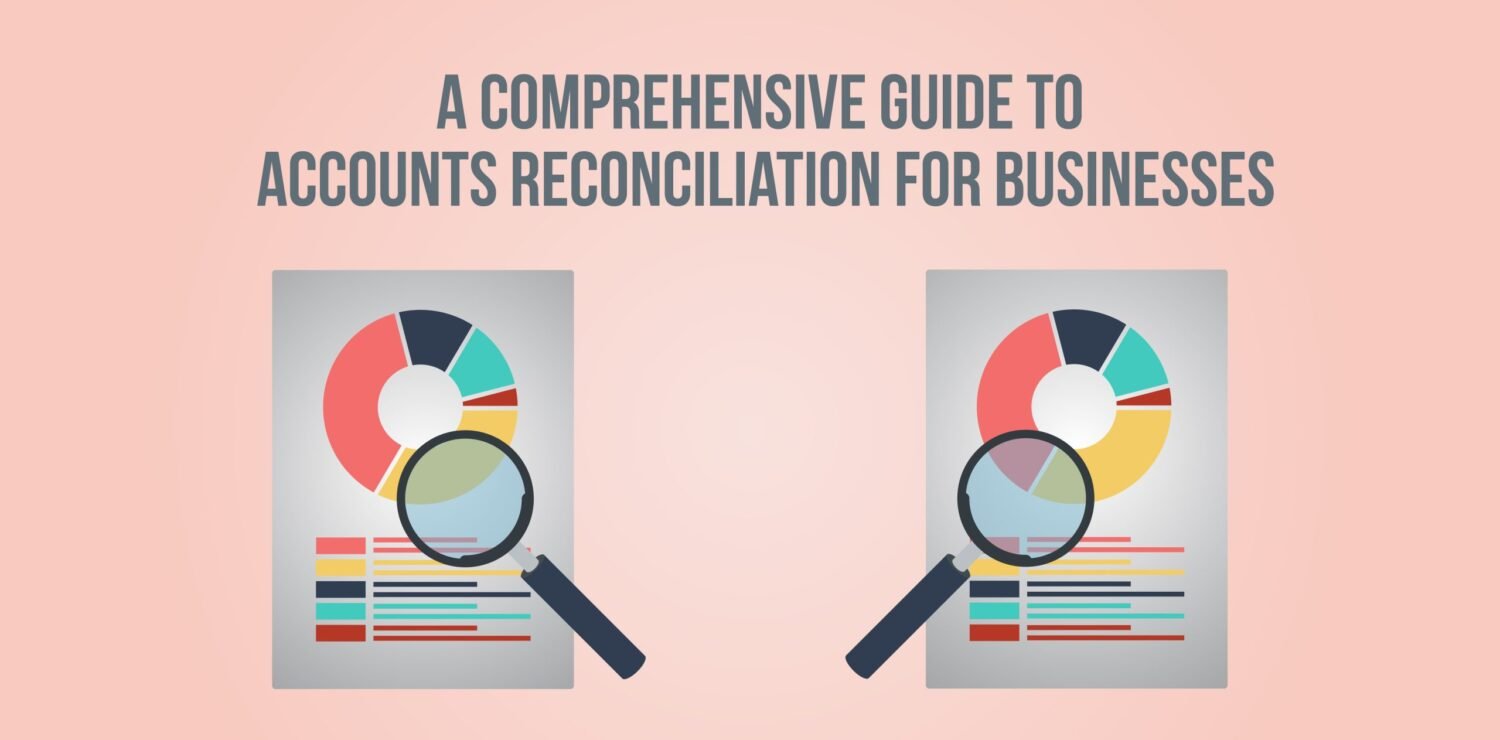
Ever heard the phrase, “The numbers don’t lie”? Well, that’s only true if someone’s actually double-checking them. That’s where reconciliation of accounts comes in—it’s the superhero of financial accuracy, swooping in to save you from costly errors and financial chaos.
Let’s dive deep into what it really means, why it matters, and how you can ace the process.
What Is Account Reconciliation?
Account reconciliation is basically the act of matching two sets of records—usually your internal books and external statements—to ensure everything lines up. Think of it like checking your bank app against your receipts after a shopping spree. It helps you make sure nothing slipped through the cracks.
Why It Matters
Why go through all this trouble? Simple: to catch errors, detect fraud, and stay compliant. It’s like regularly checking your car’s oil—you don’t want to wait until something breaks down to realize there’s a problem.
Types of Account Reconciliation
Not all reconciliations are created equal. Depending on the account, the method and focus can change. Here are some major types:
Bank Reconciliation
This one’s the classic. It compares your business’s cash records with your bank statement. Every deposit and withdrawal should line up—if not, time to investigate.
Vendor Reconciliation
This involves matching what your accounts payable says you owe with what your vendor claims. Did they overcharge? Did you miss a payment? This will catch it.
Customer Reconciliation
This is on the flip side. It compares your receivables with what your customer thinks they owe you. It’s essential for clearing up disputes and keeping customer relationships smooth.
Intercompany Reconciliation
For companies with multiple branches or subsidiaries, this ensures internal records match across the board. You don’t want one department saying they paid when another says they didn’t receive it.
General Ledger Reconciliation
This is the big picture. You’re looking at whether balances in your general ledger accounts match the underlying data. It’s the foundation of accurate financial reporting.
The Account Reconciliation Process: Step-by-Step
Let’s break this down like a recipe. No fancy jargon—just the steps you need.
Step 1: Collect Your Records
Gather all relevant documents—bank statements, invoices, receipts, ledgers, and internal reports. The more organized, the better.
Step 2: Compare with External Documents
Put your internal records side by side with external ones. Are the numbers matching up? Are any transactions missing?
Step 3: Identify Discrepancies
If something doesn’t look right, flag it. Maybe a payment bounced, or there was a duplicate entry. Look for timing issues, typos, or missing documentation.
Step 4: Make Adjustments
Now it’s time to correct those errors. That might mean adjusting journal entries or following up on payments. Be thorough.
Step 5: Document and Archive
Don’t just fix the problem—record how you fixed it. Good documentation can save your butt during audits or end-of-year reporting.
Tools & Software for Smoother Reconciliation
Gone are the days of clunky spreadsheets and endless emails. Modern software like QuickBooks, Xero, or BlackLine can automate much of the grunt work, flag anomalies, and streamline the process.
Bonus: They often come with dashboards, so you can actually see what’s going on in real-time.
Common Challenges in Reconciliation
You’d think comparing two sets of numbers would be simple, right? Not always. Here’s what can throw a wrench in the works:
Timing Differences
A payment might show in your books on Friday but hit the bank on Monday. These lags can be confusing if you’re not careful.
Human Error
Let’s be honest—typos happen. A wrong decimal point or missed entry can snowball into a massive headache.
Lack of Standardized Processes
If your team’s doing reconciliation in five different ways, things are bound to slip through the cracks. Consistency is key.
Best Practices for Efficient Reconciliation
Let’s talk solutions. Here’s how to level up your reconciliation game:
Reconcile Regularly
Don’t wait until year-end. Monthly—or even weekly—reconciliation helps catch issues early.
Automate Where Possible
Use accounting software to reduce manual labor and human error. It’ll also speed up the whole process.
Keep Communication Open
If you’re working with a team, make sure everyone’s on the same page. Clear roles and workflows make a big difference.
How Reconciliation Impacts Business Health
Reconciliation isn’t just a behind-the-scenes task. It affects cash flow, budgeting, forecasting, and even decision-making. Imagine trying to steer a ship with a cracked compass—that’s what skipping reconciliation is like.
Accurate accounts help build trust—with investors, regulators, and your own team.
Real-World Examples of Reconciliation in Action
-
A retail chain caught a vendor overbilling them by $12,000 during a quarterly vendor reconciliation.
-
A startup uncovered duplicate payments worth $3,500 thanks to automated bank reconciliation tools.
-
A manufacturing company resolved a long-standing intercompany dispute by reconciling its subsidiary ledgers.
These aren’t just anecdotes—they’re proof of how powerful reconciliation can be.
Why Reconciliation Isn’t Just for Accountants
You might think this is just accountant territory—but it’s really a team effort. Sales, ops, customer service—they all have a role in keeping financial data accurate. When everyone’s aligned, the whole business benefits.
Final Thoughts
Account reconciliation might sound dull on the surface, but it’s a game-changer for financial clarity. Think of it as regular maintenance for your business engine. Without it, you’re flying blind—and let’s be real, that never ends well.
So whether you’re a finance pro or a small biz owner trying to stay on top of things, embrace reconciliation. It might just save your business one day.
FAQs
1. How often should businesses perform account reconciliation?
Monthly is ideal for most businesses, but high-volume operations might benefit from weekly or even daily reconciliations.
2. What’s the most common mistake during reconciliation?
Skipping small discrepancies. They often add up to bigger issues if ignored for too long.
3. Can reconciliation be fully automated?
Automation can handle a lot, but you’ll still need human oversight to catch context-based errors or anomalies.
4. Is reconciliation only necessary for large companies?
Nope! Even solopreneurs benefit from regular reconciliation to keep things tidy and accurate.
5. What should I do if I find a large discrepancy during reconciliation?
Pause and investigate. Review all documents, trace the error’s origin, and involve your finance team if needed. Transparency is key.
